In today’s fast-paced business landscape, efficient project management is crucial for maintaining productivity and staying competitive. One way to achieve this is through automation workflow optimization. This process involves streamlining and automating repetitive tasks to enhance efficiency and reduce errors. A powerful tool that can assist in this endeavor is Microsoft Planner, which offers a range of features designed to boost your team’s workflow optimization efforts.
Understanding Automation Workflow Optimization
Automation workflow optimization is the practice of using technology to automate and streamline processes, making them more efficient and less prone to human error. For small businesses, this can translate to significant time and cost savings. However, maintaining productivity and efficiency is often challenging due to factors such as poor task management, lack of visibility into project progress, and inefficient communication. This is where technology steps in to bridge the gap and provide solutions that can overcome these hurdles.
How Microsoft Planner Facilitates Automation Workflow Optimization
Microsoft Planner is a versatile tool that offers several features to enhance workflow optimization. Key features include:
- Task management and assignment: Easily assign tasks to team members, set deadlines, and track progress.
- Visual progress tracking: Use charts and boards to keep an eye on project status and identify bottlenecks quickly.
- Integration with other Microsoft 365 tools: Seamlessly connect with tools like Microsoft Teams and Outlook for a cohesive project management experience.
In real-world scenarios, teams have leveraged Microsoft Planner to improve their project management processes significantly. For instance, marketing teams have used it to coordinate campaign tasks, while software development teams have tracked bug fixes and feature updates. These features collectively enhance automation workflow optimization by providing a clear, organized, and efficient way to manage projects.
Best Practices for Implementing Microsoft Planner in Your Workflow
To get the most out of Microsoft Planner, consider the following best practices:
- Setting up boards effectively: Create boards that reflect your project stages, and ensure that tasks are easily movable between stages.
- Regularly updating tasks and deadlines: Keep your tasks and deadlines up-to-date to maintain an accurate picture of project progress.
- Utilizing labels and filters: Use labels and filters to organize tasks by priority, category, or any other relevant criteria.
Team collaboration and communication are vital for maximizing the benefits of Microsoft Planner. Regular team meetings and updates can ensure everyone is on the same page. Continuous improvement is also essential—regularly review and adjust your workflows to adapt to new challenges and opportunities in automation workflow optimization.
In conclusion, Microsoft Planner is a robust tool that can significantly enhance your automation workflow optimization efforts. By implementing its features and following best practices, your team can achieve greater efficiency and productivity. Consider how you can integrate these strategies into your workflow to reap the benefits.
We invite you to share your experiences with Microsoft Planner and automation workflow optimization in the comments section. For more insights on small business automation and technology, consider subscribing to our blog. If you have any questions or need further assistance, feel free to contact us.
